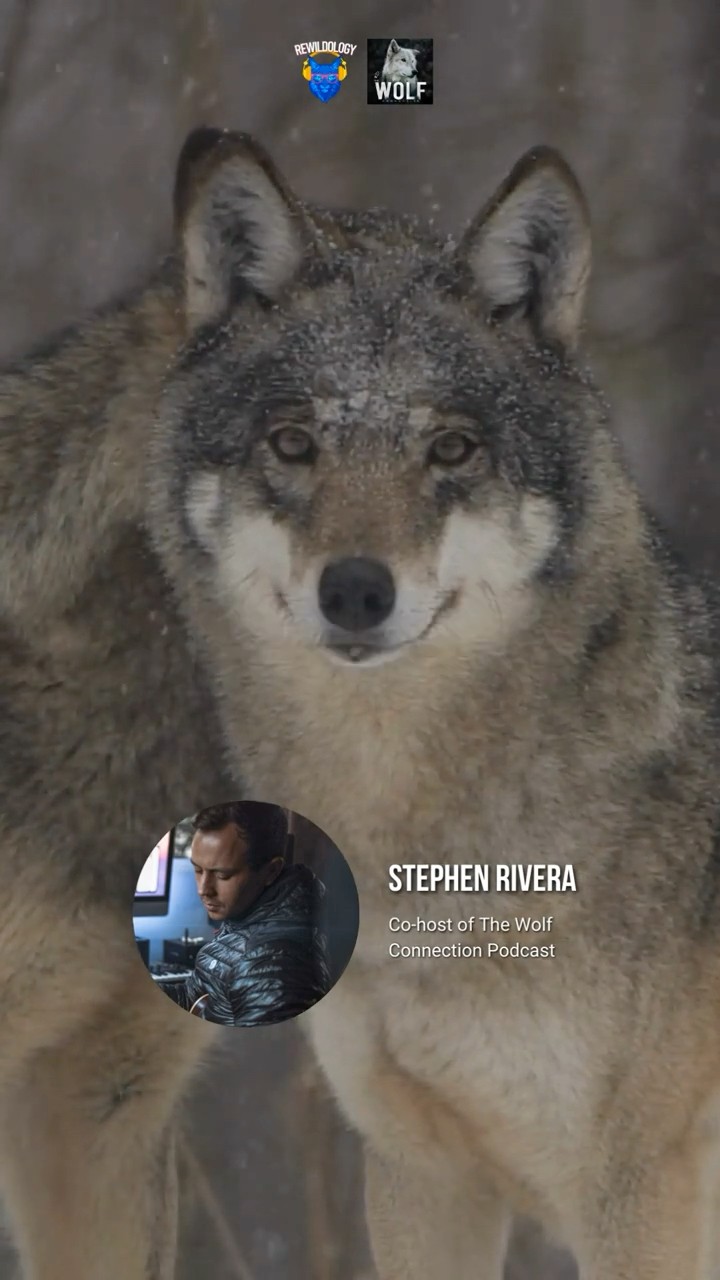An Intriguing Resurgence
In a remarkable turn of events, wolves, long regarded as symbols of wilderness, are making a notable comeback across various regions in North America. Once on the brink of extinction, these apex predators are redefining ecosystems and challenging human perceptions of wildlife. With public sentiment increasingly shifting in favor of their protection, the complex relationship between wolves and the communities that border their habitats is generating heated conversations.
The Ecological Role of Wolves
Wolves play an indispensable role in maintaining the health of ecosystems. Their presence regulates prey populations, such as deer and elk, which in turn protects vegetation and supports biodiversity. A notable example of this was seen in Yellowstone National Park when wolves were reintroduced in 1995. The result was a dramatic decline in overgrazing by elk, allowing riparian shrubs and trees to flourish, which benefited various other species from birds to beavers. “Wolves create a healthier, more balanced ecosystem by controlling herbivore populations and fostering plant diversity,” explains Dr. Elizabeth Thornton, a wildlife ecologist with the Canadian Wildlife Federation.
The Debate Over Conservation
Despite their ecological significance, wolves remain a contentious issue among rural communities and ranchers. Many argue that the resurgence of wolf populations threatens livestock and endangers livelihoods. Public sentiment varies widely; while conservationists advocate for the protection of wolves, ranchers express their frustrations through organized lobbying. A recent poll indicated that approximately 60% of Canadians support wolf conservation initiatives, reflecting a growing recognition of their environmental value. However, this statistic often runs parallel to fears among livestock owners.
Cultural Symbolism
The wolf’s impact transcends biological ecosystems; they resonate deeply within Indigenous cultures across Canada. For many Indigenous groups, wolves are seen as spiritual guides and integral to their traditional stories and rituals. This cultural connection often adds another layer to the discussion surrounding wolf management and conservation, complicating political dialogues. In recent years, social media has amplified these voices. Hashtags like #ProtectOurWolves and #WolvesMatter are trending, offering platforms for enthusiasts and Indigenous groups to share their perspectives.
Looking Ahead: Bridging the Gap
The future of wolves in Canada will inevitably involve navigating the delicate balance between conservation efforts and the concerns of agricultural communities. Experts argue that collaborative management strategies should come into play—approaches that incorporate scientific data, traditional ecological knowledge, and community concerns. As Dr. Thornton suggests, “Sustainable coexistence is crucial. We must work together to find solutions that respect both biodiversity and livelihoods.”
The narrative surrounding wolves exemplifies broader trends in wildlife management, where ecological concerns collide with cultural values and economic realities. How this multifaceted issue unfolds will shape not only the fate of wolves but also the landscapes they inhabit and the communities they challenge.

